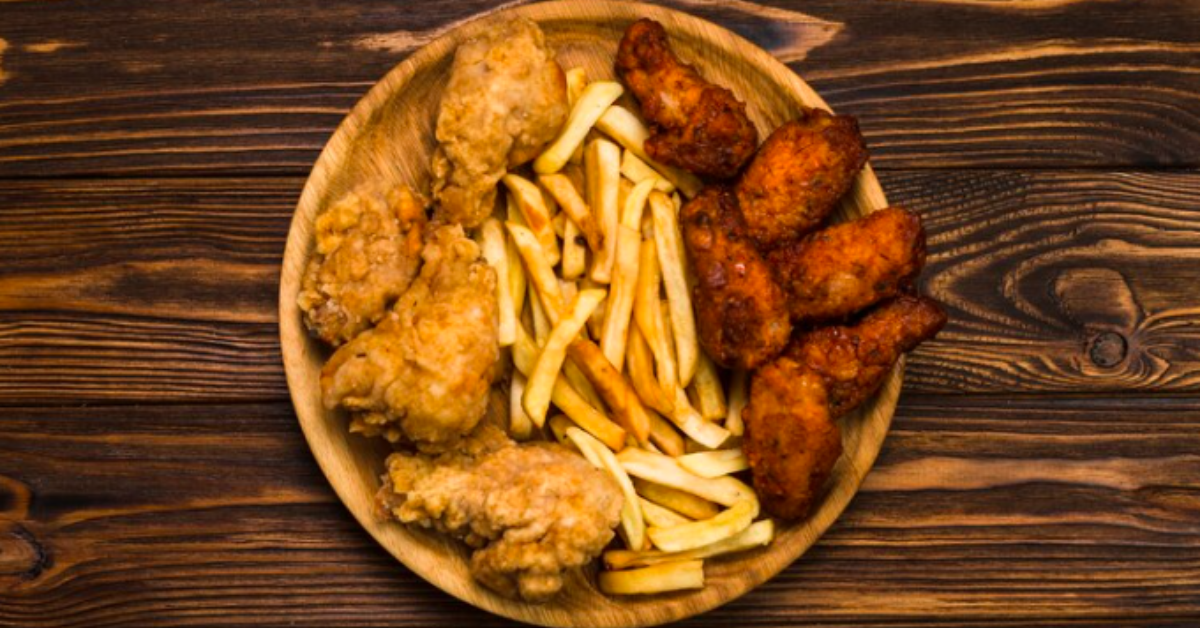Diving into the heart of comfort food, we often stumble upon dishes that not only warm our souls but also pique our curiosity about their nutritional content. One such hearty dish is the chicken cobbler, a delightful blend of tender chicken pieces and a fluffy topping that makes it a favorite across many dinner tables. But as we indulge in this comforting meal, a question often lingers in the back of our minds: “How many carbs are in a chicken cobbler?” This article aims to unravel the mystery surrounding the carb content of this beloved dish, while also exploring its nutritional landscape, health implications, and ways to enjoy it within various dietary frameworks.

Introduction to Chicken Cobbler
Overview of Chicken Cobbler
Chicken cobbler isn’t just a dish; it’s a culinary hug that combines the savory goodness of chicken stew with the homely touch of a biscuit or pastry topping. Its roots are deeply embedded in the tradition of making the most out of leftovers, transforming them into something utterly delicious and comforting. The dish’s versatility allows for a myriad of variations, incorporating different vegetables, herbs, and spices, making each cobbler a unique experience.
But what exactly goes into a chicken cobbler? Typically, the base is a rich and creamy chicken stew, brimming with chunks of chicken, a medley of vegetables like carrots, peas, and celery, all thickened with a roux or cream. The crowning glory, however, is the cobbler topping – a biscuit-like dough or sometimes a layer of pastry, baked until golden and fluffy, offering a delightful contrast in textures.
Now, you might wonder, with such a hearty ensemble of ingredients, how does the carb content stack up? Well, hold onto your hats, because we’re about to dive deep into the world of carbs, proteins, fats, and all the nutritional tidbits that make up this comforting dish. Whether you’re a carb-counter, a fitness enthusiast, or just a curious foodie, understanding the nutritional profile of chicken cobbler can help you enjoy this dish in a way that aligns with your dietary goals and preferences. So, let’s get the ball rolling and peel back the layers of this culinary delight!
Nutritional Breakdown
Carbohydrates in Chicken Cobbler
When we talk about chicken cobbler, the carb content can be quite surprising. On average, a serving might contain about 46 grams of carbs. These come from the flour in the topping and the thickening agents in the stew. But it’s not just about the quantity. The quality of carbs matters too. Whole grain or whole wheat flour can add fiber, making the dish more filling and nutritious.
Proteins and Fats
Protein is the star in the chicken component, offering about 25 grams per serving. It’s essential for muscle repair and growth. The fats, totaling around 32 grams, come from the butter in the topping and the chicken itself. While fats add flavor, it’s wise to balance them with leaner ingredients and cooking methods.
In this dish, the interplay of carbs, proteins, and fats creates a rich tapestry of flavors and textures. Yet, it’s crucial to keep an eye on these macronutrients. They can impact your dietary goals. For those watching their carb intake, tweaking the recipe to include low-carb flour alternatives might be a good idea. And for the health-conscious, opting for lean cuts of chicken and reducing the butter can make the dish lighter without sacrificing taste.
Dietary Considerations
Dietary Fiber and Sugars
Dietary fiber in chicken cobbler mainly comes from the veggies and whole grains, if used. A serving could offer around 3 grams of fiber. This helps with digestion and keeps you feeling full longer. The sugars, about 10 grams per serving, are mostly natural from the vegetables. But it’s wise to watch added sugars, especially in store-bought versions.
Micronutrients in Chicken Cobbler
Chicken cobbler isn’t just about carbs, fats, and proteins. It’s also a source of essential vitamins and minerals. For instance, the chicken and dairy in the recipe provide calcium and vitamin D, supporting bone health. Iron, from the chicken and vegetables, is crucial for blood health. Including a variety of vegetables can boost the dish’s vitamin and mineral content, making it not only tasty but also nutritious.
Balancing the macronutrients with these vital micronutrients can turn chicken cobbler into a well-rounded meal. It’s all about the ingredients you choose. Opting for lean chicken, low-fat dairy, and a rainbow of vegetables can enhance the dish’s nutritional profile. This way, you can enjoy this comforting meal while also taking care of your dietary needs.
